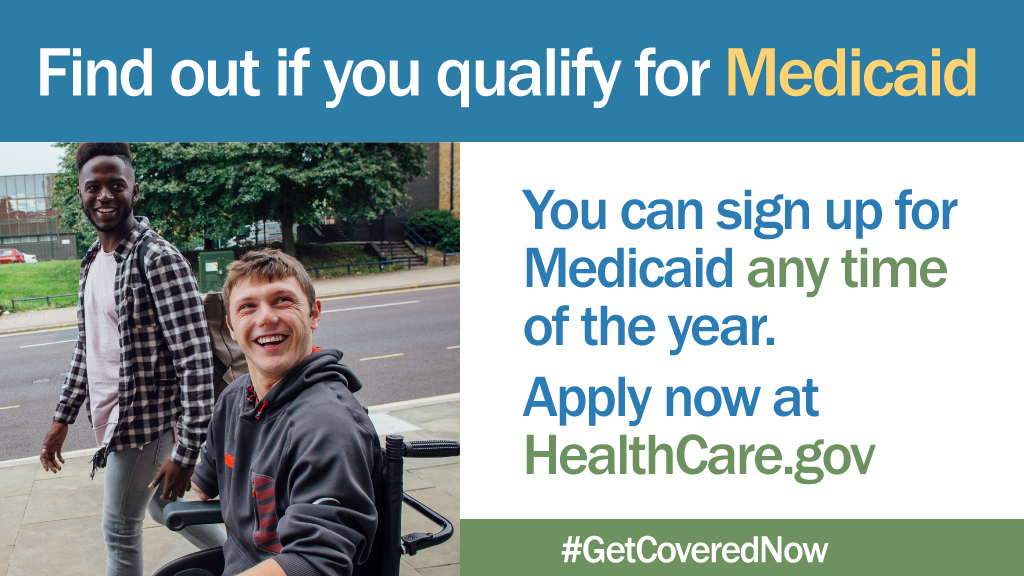CMS ISSUES 2019 NBPP
This week, CMS released the final rules for the 2019 Notice of Benefit and Payment Parameters (NBPP). To learn more about the NBPP or for links to the actual rules and the CMS announcement which includes a summary of what is included in the rules, check out our news item.
If you want to learn more about the NBPP, Health Affairs released a series of blog posts this week by Katie Keith which dissects the rules. Her first blog post looks at the effect the NBPP will have on essential health benefits. Her second post examines rate reviews and special enrollment periods, and her third post addresses the changes to risk adjustment.
AAHD has concerns with what the changes in the NBPP will do to the essential health benefits and what that means for people with disabilities. For a more advocacy focused discussion on these issues, the Center on Budget and Policy Priorities (CBPP) released a fact sheet discussing some of the negative consequences the new NBPP could have and the National Health Law Program (NHeLP) released a statement highlighting these same concerns.
Medicaid Awareness Month continues and the Protect Our Care Coalition has released a series of state specific fact sheets highlighting the benefits that Medicaid has in each state. The link for each of these fact sheets can be found on the NDNRC’s individual state pages which can be accessed through our State Resource Guide Map.
Speaking of Medicaid, in February we published a blog post which captures all the news and resources on the waivers where states are adding work requirements to their Medicaid programs. We continue to add new resources to this list. This week we added a new fact sheet from CBPP on how work requirements would harm low-wage earners and a report from CBPP examining how many working people could lose their coverage as a result of the work requirements. Finally, this week the Health Affairs blog also looked at how Kentucky’s work requirements could affect community health centers.
AAHD has partnered with CBPP on a project called the Consumer Assistance Coordination Hub (CACH). The CACH supports individuals and groups that provide enrollment assistance. To read more about this project, check out our blog post.
The Community Catalyst outreach project which we are working on has prepared graphics to highlight Special Enrollment Periods (SEPs) for which consumers may qualify. The graphics also include ones like the graphic below which highlights the fact that Medicaid enrollment is year-round. To learn more about what’s available through this project, check out our blog post.
The Collaborative on Health Reform and Independent Living (CHRIL) is conducting an online survey of people with disabilities about getting and using health insurance and health care services. To learn more about the survey and how to enter a drawing to win one of the ten $100 gift cards that they are giving out weekly in April and May 2018, check out our news item. Currently, they are especially looking for people to complete the survey who are male, living in southern states or racial/ethnic minorities.
The University of Washington, Healthy Aging & Physical Disability, Rehabilitation Research Training Center (RRTC) has released a fact sheet entitled “Tips for Healthy Eating & Healthy Aging.”
Are you looking for local partners to help with outreach to the disability community? The NDNRC has Community Outreach Collaboratives (COCs) which work to increase collaborations in the community, dissemination and outreach efforts and enrollment of people with disabilities in the ACA marketplace. You can find a COC, on the COC page of our website.
Archives of our weekly updates are available on the NDNRC website.

